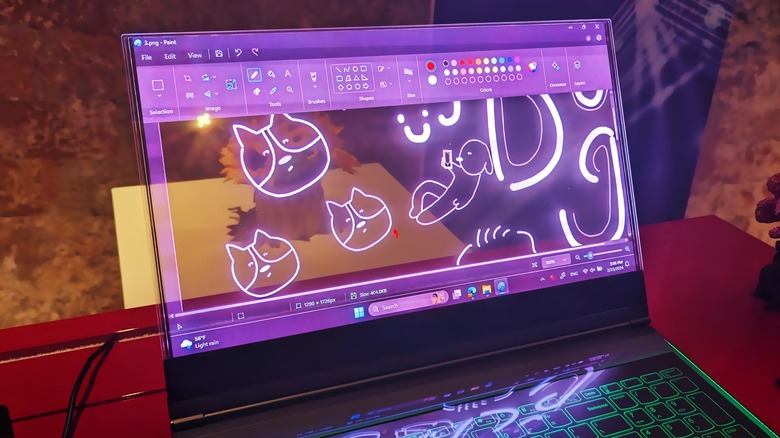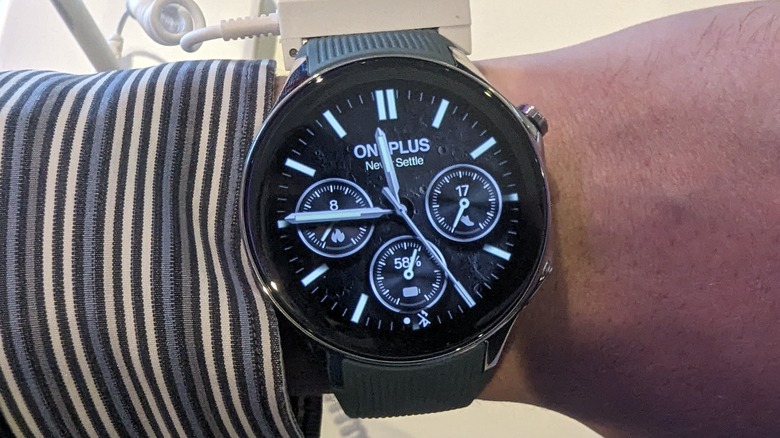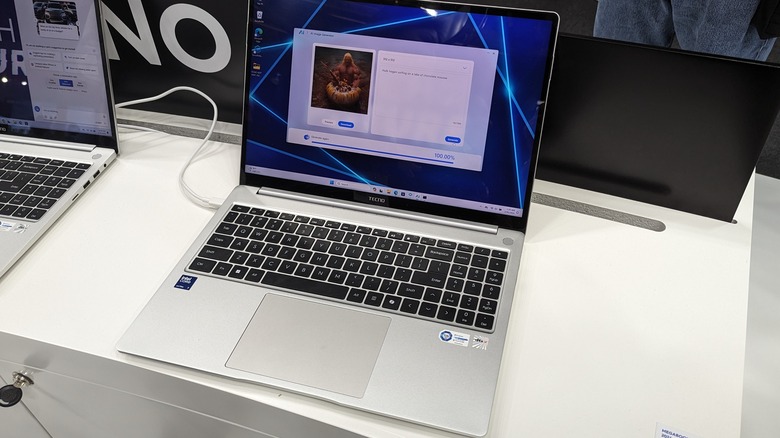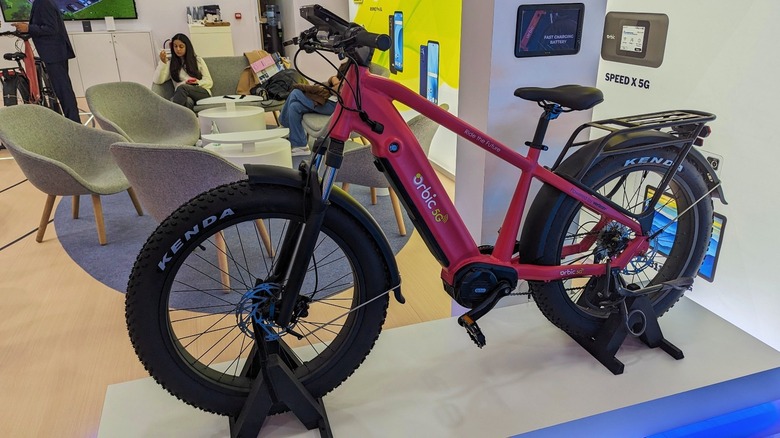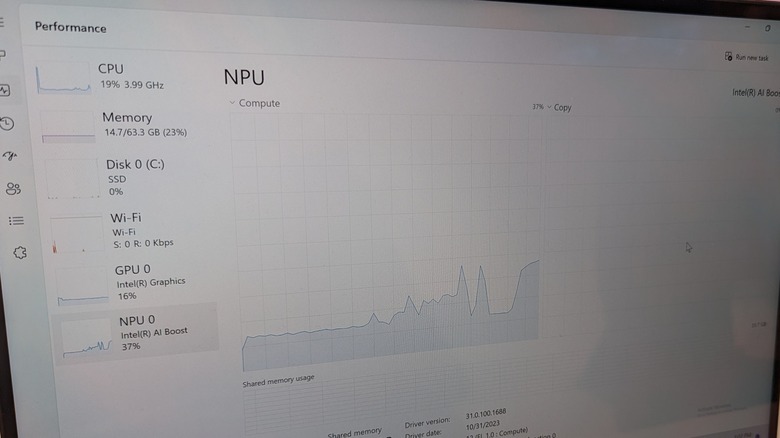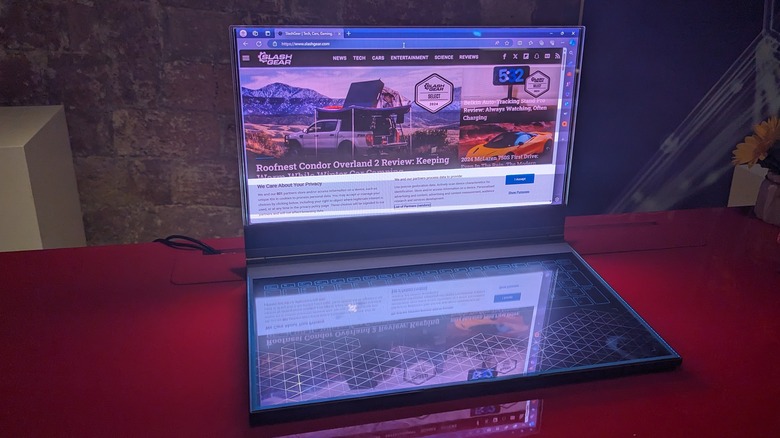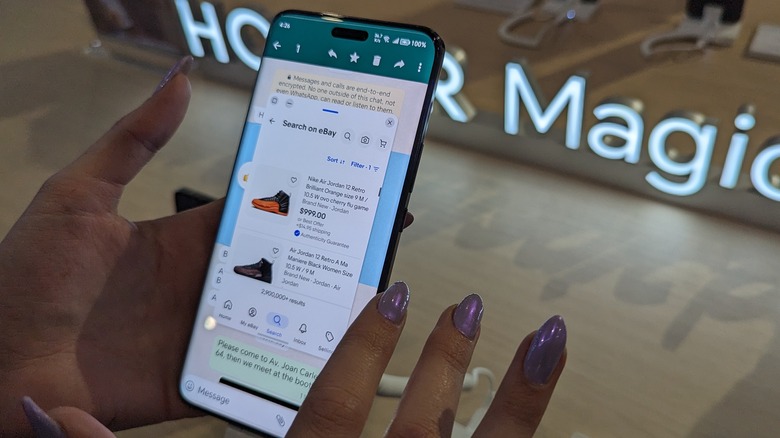The Best Products We Saw At MWC 2024
MWC is one of the world's largest tech conventions. The mobile-focused event, which is held annually in Barcelona, Spain, attracts hundreds of companies and tens of thousands of people from around the world. With all of that tech on display and a large venue to navigate, getting around can be hard. Still, over three-and-a-half days we hit nearly every notable booth on offer, tried out what they had, and noted down the best of the best.
As the name "Mobile World Congress" suggests, there is a bit of a cellular communications slant to the whole event. Smartphone manufacturers have a large presence, and many new phones are launched. However, it goes a little deeper than that. Other electronics have a part, a few vehicles are on display, and because it's 2024, AI is a major recurring theme.
This section does have some restrictions. Firstly, to qualify, a piece of tech has to have made its debut at this year's MWC. This rules out things launched recently, including devices that cropped up last month at CES. Unfortunately, this means a few of the more exciting things we witnessed, went hands-on with, and even included in our daily roundups, may not necessarily get a spot on this list. So, after close to a week of walking the show floor, navigating the subway to get to obscure meetings, and attempting to avoid long lectures about business, these are our six favorite things from MWC 2022.
One Plus Watch 2
OnePlus unveiled its second smartwatch as MWC kicked off. The watch's standout feature is its battery life, which the company says can stretch to 100 hours while still running core features like sleep and heart rate tracking. The watch will allegedly manage two days under intense use and can pack in a day's worth of charge in just a few minutes.
On the technical side, it's running Google Wear OS and contains a Snapdragon W5 processor, a BES 2600 MCU Efficiency chipset, and 2 GB of RAM. Available apps include the full set from Google, including Maps and Google Pay, while fitness tracking is compacted into one easy-to-use application. The watch can also track certain sports, including badminton, more efficiently if set to the correct mode.
The $299.99 Watch 2 is available for pre-order and goes live on both OnePlus and Amazon from March 4. Numerous offers are available, but if you're buying through the OnePlus website, the company will knock an extra $50 off should you trade in another smartwatch. The brand and condition of the smartwatch being traded in make no difference to the offer.
Tecno Megabook T16 Pro 2024 Ultra
As its name suggests, the Tecno T16 Pro 2024 Ultra packs an Intel Core Ultra i7 or i5 under the hood, which puts it up near the top in terms of processing power. Throw in up to 32 GB of LPDDR5 RAM, and it's capable of performing a wide array of tasks. You'll see all of those tasks presented on a very good-looking 16-inch 2.5K display, which is every bit as sharp as you'll ever need at this size. Then, there is a collection of AI-based features to enhance productivity and security and possibly provide some creative outlet.
Tecno's Megabook isn't perfect though. In our experience, the on-device AI isn't particularly polished. Take the Stable Diffusion-based image generator. Smaller images take longer than a second to generate, larger images take longer than three, and if you write something abstract or obscure, then you're unlikely to get the result you were really looking for. Given that it's running Stable Diffusion, this can be fixed with a number of tweaks and it will no doubt improve. However, out of the box, it was a touch disappointing.
Orbic's 5G bike
Many bikes are stuck in the Victorian age, so it's nice companies like Orbic are dragging cycles into the 21st century. Orbic has built upon innovations like the ebike by adding a touchscreen interface to the front handlebars and 5G connectivity to the bike on the whole. As well as ride management and tracking, you also get features like geofencing and the ability to shut the bike off remotely via an app. Although the touchscreen and 5G connectivity may be the bike's most standout feature, it's actually a very decent ebike underneath it all.
The beefy tires should do wonders for ride comfort, the suspension looks spot on, and it has a total of three cameras designed to give riders an increased awareness of potential dangers on the road. Orbic claims that its bike caps out at 45 kilometers per hour if you're using the throttle alone on a flat road. However, that speed may be further capped depending on your location and local restrictions. We also got a look at it uncapped and saw over 43 mph on the speedometer — though this is an unladen bike with its back wheel up in the air. Add a rider and a road, and that should slow down significantly. Orbic's bike is set for release later this year, though the price has yet to be determined.
Dell and Intel's nPU chip
Sometimes a product gives us a taste of the future — it performs well, we can clearly see the applications, and it's centered in an area that's set to rapidly expand over the next few years. Dell's nPU chip absolutely nails this brief, giving dedicated attention to any AI-based tasks the device may be working on. Despite its dedication to AI, the nPU chip can boost general laptop performance, too. In Dell's new Latitude laptops, which also made their debut at MWC, some of the AI isn't anything you'll directly interact with. Instead, it's there to make the laptops running it more efficient by streamlining processes and performing other menial tasks.
This AI runs directly off the nPU chip and should make everything else go a lot smoother. Then, you have more direct AI-based programs like Stable Diffusion. Normally, the open-source image generator leans heavily on your GPU and CPU when visualizing your prompts. The nPU chip doesn't remove the burden from your laptop's more traditional silicon entirely, but it does pitch in and reduce the load. Dell and Intel worked together on the new chip, but you can expect to see it and many similar pieces of hardware in a range of devices going forward.
Lenovo's clear laptop
Every trade show has at least one device with a wow factor. It's there to blow your mind and make you dream of what could be. Lenovo's clear laptop will never be, though. Instead, parts of it are likely to trickle down into other devices while it becomes one of those things people briefly remember when discussing weird tech years down the line. Still, the tech that goes in the screen is impressive. It can go from crystal clear to very viewable instantly, even if the "blacks" remain noticeably transparent.
In terms of actual practical usage, Lenovo mentioned engineers may want to take it to a river and use it to sketch a bridge they plan to build — sort of like using AR, but without the need for glasses. However, a see-through tablet may work a bit better and be more affordable than the clear version. One bit of trickle-down tech we may see somewhere else is the LED that powers the concept's see-through keyboard. Azumo makes a thin plastic sheet that can light up brightly on command. Apparently, it's due to crop up in various devices, including some yet-unnamed high-end vehicles, sometime soon.
Honor Magic6 Pro
It's difficult to come to MWC and not talk about a highly anticipated phone. Honor's Magic6 Pro was finally unveiled, and even better, we reviewed the device and its AI-based assistant. The phone's Magic Portal feature should streamline tasks. For example, if you tap and hold something like an image long enough, the Magic Portal pops up and recommends the app you may want to use with it. It also has a Snapdragon 8 Gen 3 chip running things, enough battery to allegedly last a couple of days, and fast charging capabilities that can see you refill its full 5,400 mAh in just 40 minutes with an 80W wired connection.
On the downside, the price of the Honor Magic6 Pro (approximately $1,400) may be a sticking point for many potential customers. Then you have to consider the fact that one of its more exciting features isn't available outside of China as things stand. Eye tracking hasn't got a clear global launch date yet, so it's fair to say that the Honor Magic6 Pro is a high-end phone missing one of its flagship features. Honor also unveiled a high-end folding phone that was built in collaboration with Porsche.
